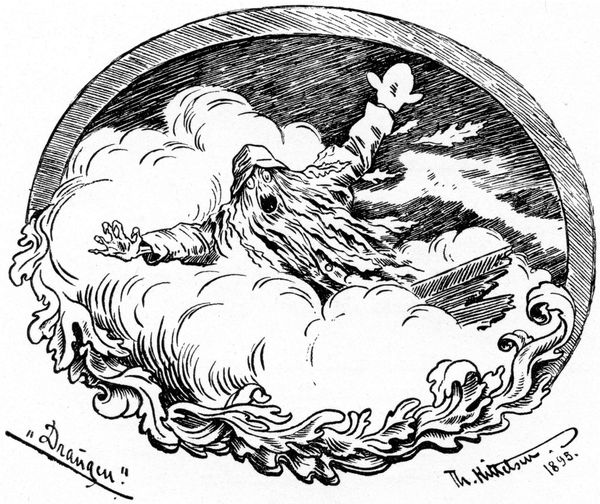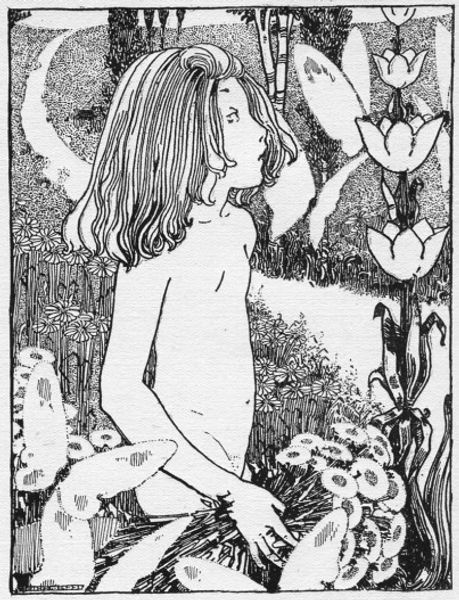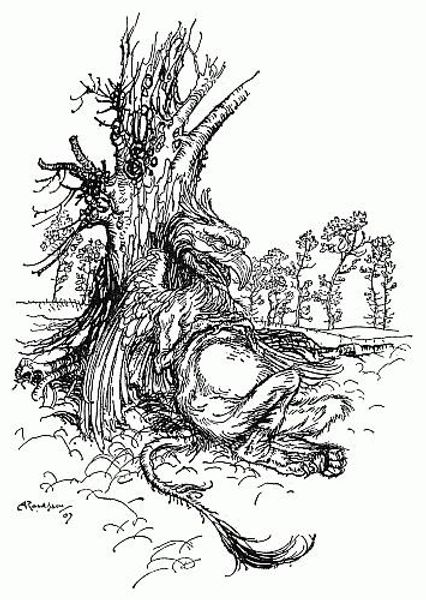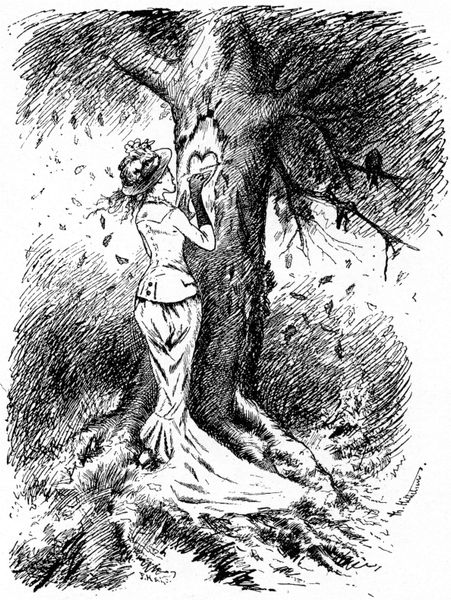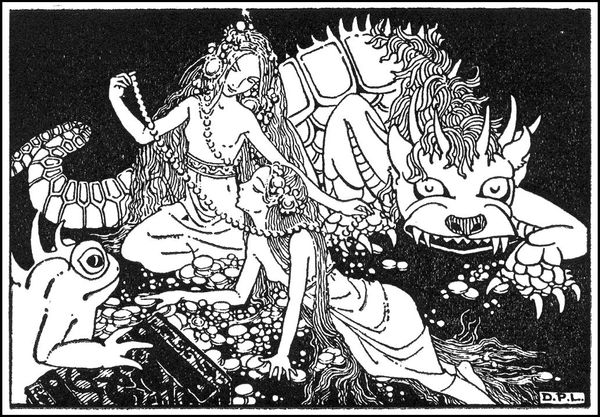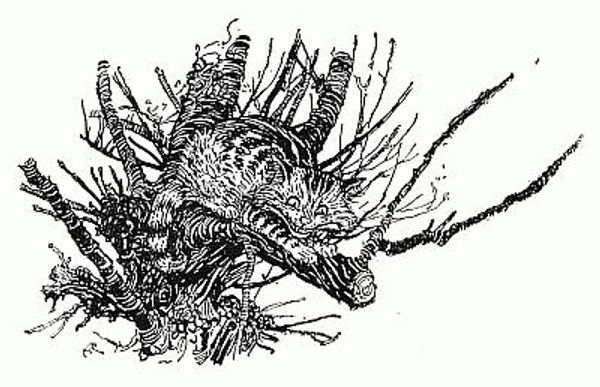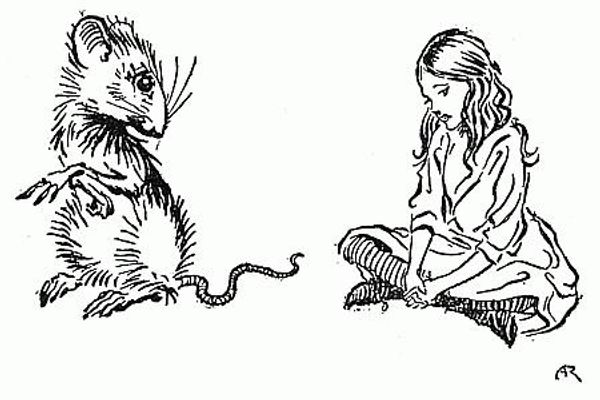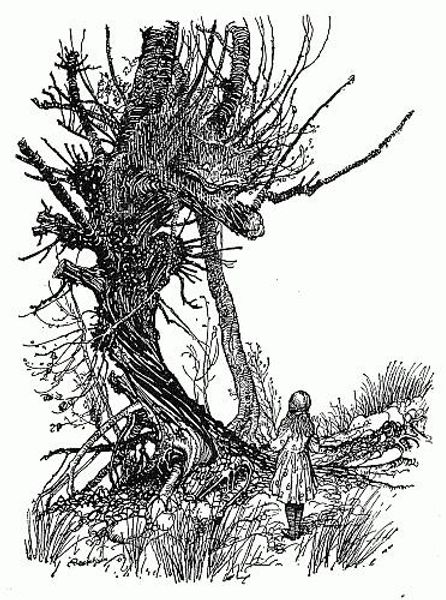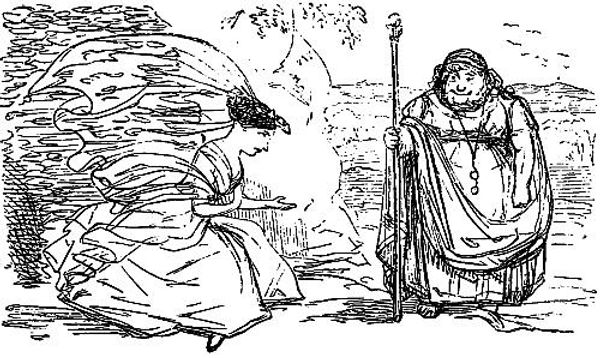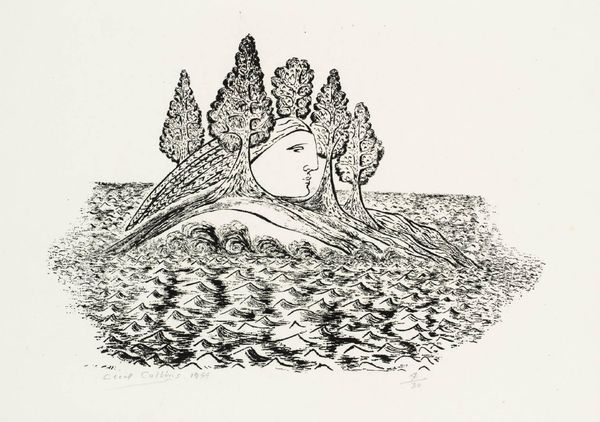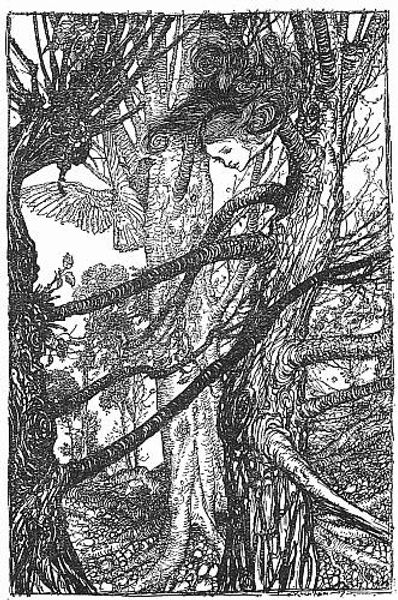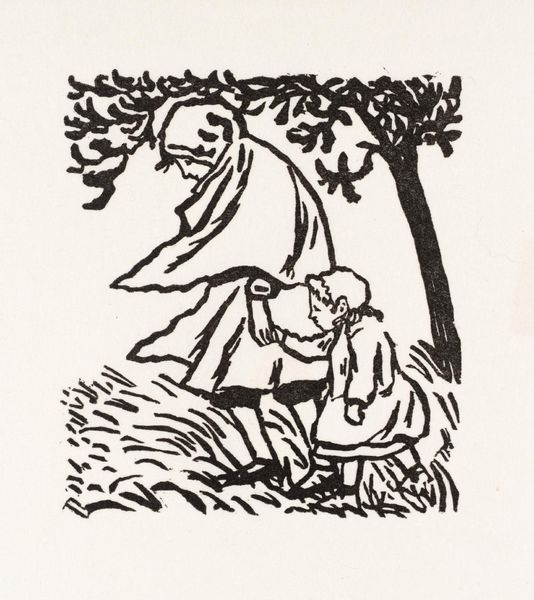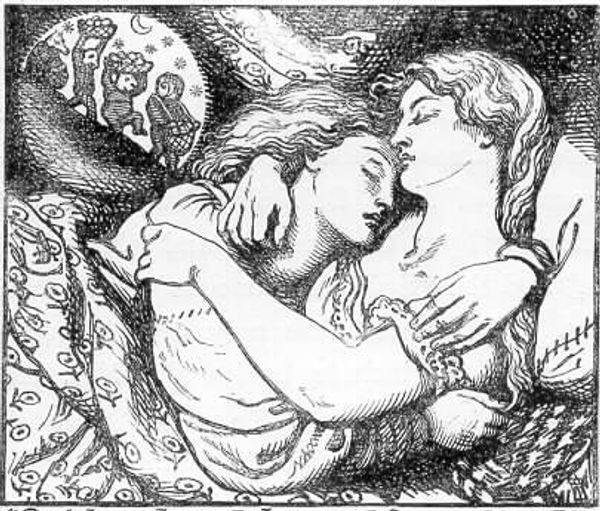
drawing, ink
#
drawing
#
ink
#
plant
#
symbolism
Copyright: Public domain
Editor: Here we have Arthur Rackham’s ink drawing, "And now which is which." I find its flowing lines and monochromatic palette create a sense of dreamy uncertainty. The figure seems to emerge from, or perhaps dissolve into, the cloud-like forms. What stands out to you in this piece? Curator: Considering this work, I see an interrogation of the materials and their production. The reliance on ink, a readily available and reproducible substance, challenges notions of artistic scarcity. Look closely at the labor involved. The artist uses line to depict the figure. The choice of ink as a medium facilitates mass production and accessibility through print. It shifts our focus away from the mystified idea of unique creation, toward the labour inherent in producing art. Do you think this piece engages with those traditional art boundaries, the so-called high and low? Editor: I hadn't considered the impact of mass production. I was too focused on the almost ethereal quality of the work. You make me consider this differently: Rackham may be subverting expectations around these fantastical, idealized images by making them reproducible. Curator: Precisely. And even more fundamentally, look at the materials available to Rackham and the social structures determining the access to those means of production. Also, consider how it reaches its audience. That access is so critical. Editor: That's a great point! Focusing on the means of production really demystifies the whole idea of artistic creation. Curator: It gives us an alternative lens, yes. One more attuned to the historical and cultural contexts in which art is always made. Editor: It makes me wonder how digital art is changing that dialogue between "high" and "low" today. Curator: Exactly! Considering process is the key to making art accessible and truly understand the system around it.
Comments
No comments
Be the first to comment and join the conversation on the ultimate creative platform.
